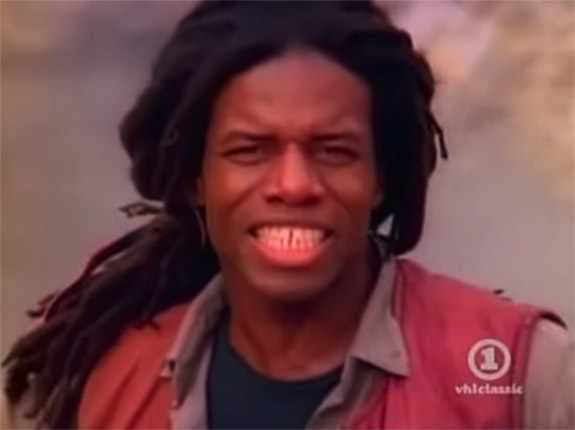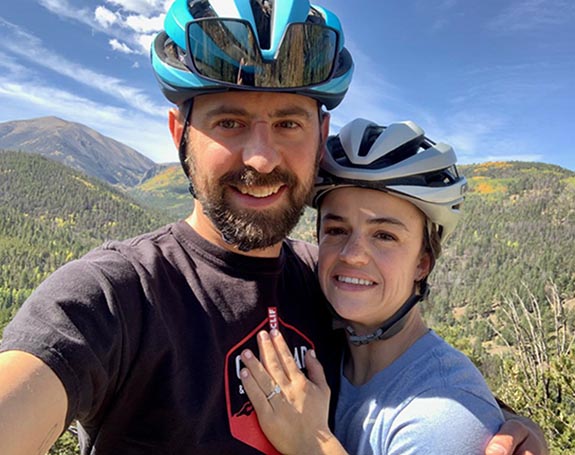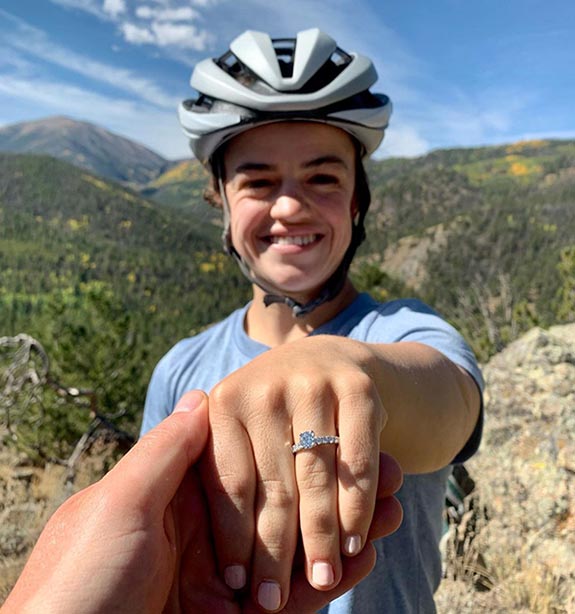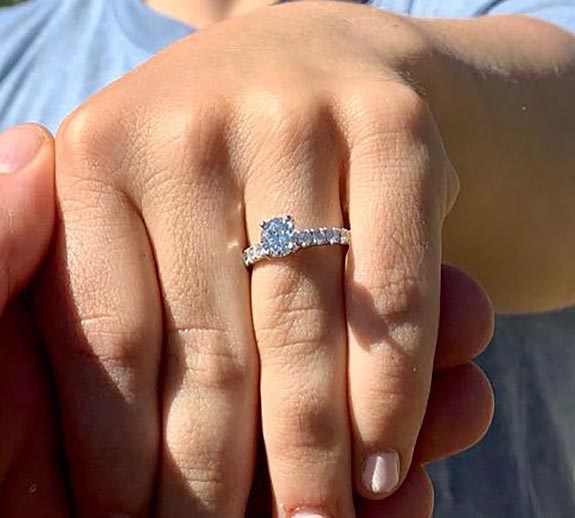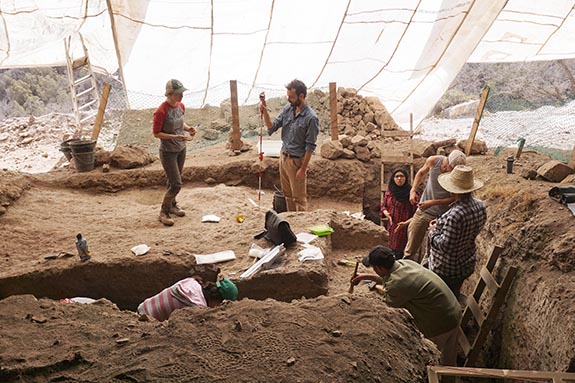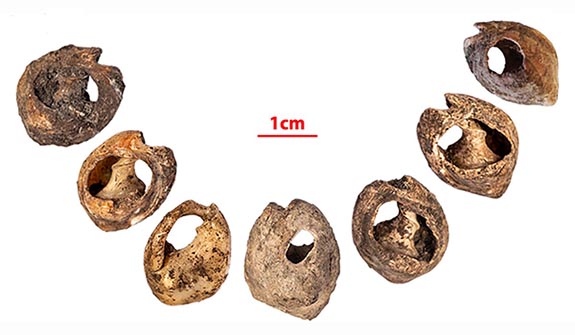Welcome to Music Friday when we bring you awesome songs with jewelry, gemstones or precious metals in the title or lyrics. Today we feature Eddy Grant’s 1984 hit, “Romancing the Stone,” which he wrote as the title song of what would become the international blockbuster movie starring Michael Douglas, Kathleen Turner and a giant-sized emerald that ends up in the belly of a crocodile.
Grant sings, “I have found a love so precious, like an emerald so bold / It’s a firelight escaping from the jeweler’s hold.”
Although the song reached #26 on the U.S. Billboard Hot 100 Chart, an apparent dispute between the music artist and the movie’s producers left nearly all of the title song on the cutting room floor and completely off the soundtrack album. Only a remnant of the song — a guitar solo — can be heard in the scene where Douglas and Turner's characters, Jack and Joan, enter Juan's house in the jungle.
In this action-adventure romantic comedy that grossed more than $115 million worldwide, all the main characters are in pursuit of “El Corazon,” a huge faceted emerald. ("El Corazon" in Spanish translates to "The Heart" in English.)
In the final scene of the movie, Jack is wearing boots made from crocodile skin as he lounges on his new yacht. He jokes that the crocodile that swallowed "El Corazon" got a "fatal case of indigestion."
Grant’s original video for the song featured scenes from the film. Later, the video was re-edited with no Romancing the Stone clips.
Grant eventually included “Romancing the Stone” as the first track of his 1984 album Going for Broke. The artist is best known for his 1983 hit, “Electric Avenue,” which reached #2 on the U.S. Billboard Top 100 chart.
Born in Guyana in 1948, Edmond Montague Grant was inspired to pursue a music career after seeing a live performance of rock and roll pioneer Chuck Berry.
The international success of the singer/songwriter/multi-instrumentalist earned him a Lifetime Achievement Award from the government of Guyana along with a 2005 postage stamp featuring his likeness.
Check out the original music video of Grant performing "Romancing the Stone." The lyrics are below if you’d like to sing along…
“Romancing the Stone”
Written and performed by Eddy Grant.
I’m romancing the stone, never leaving your poor heart alone
Every night and every day gonna love the hurtin’ away
I’m romancing the stone, never leaving your poor heart alone
Every night and every day gonna love the hurtin’ away
Tonight, tonight I’m falling where the peaceful waters flow
Where the unicorn’s the last one at the water hole
I have found a love so precious, like an emerald so bold
It’s a firelight escaping from the jeweler’s hold
I’m romancing the stone, never leaving your poor heart alone
Every night and every day gonna love the hurtin’ away
I’m romancing the stone, never leaving your poor heart alone
Every night and every day gonna love the hurtin’ away
Oh and in the heat of rapture when I feel the cold winds blow
Through the broken glass, I’ll see at last the sweet desire in you
I will climb up on my pulpit and I’ll preach a sermon, you
On the mountain roads, in Harlem, feel my jeweler’s hold
I’m romancing the stone, never leaving your poor heart alone
Every night and every day gonna love the hurtin’ away
I’m romancing the stone, never leaving your poor heart alone
Every night and every day gonna love the hurtin’ away
Credit: Screen capture via YouTube.com.
